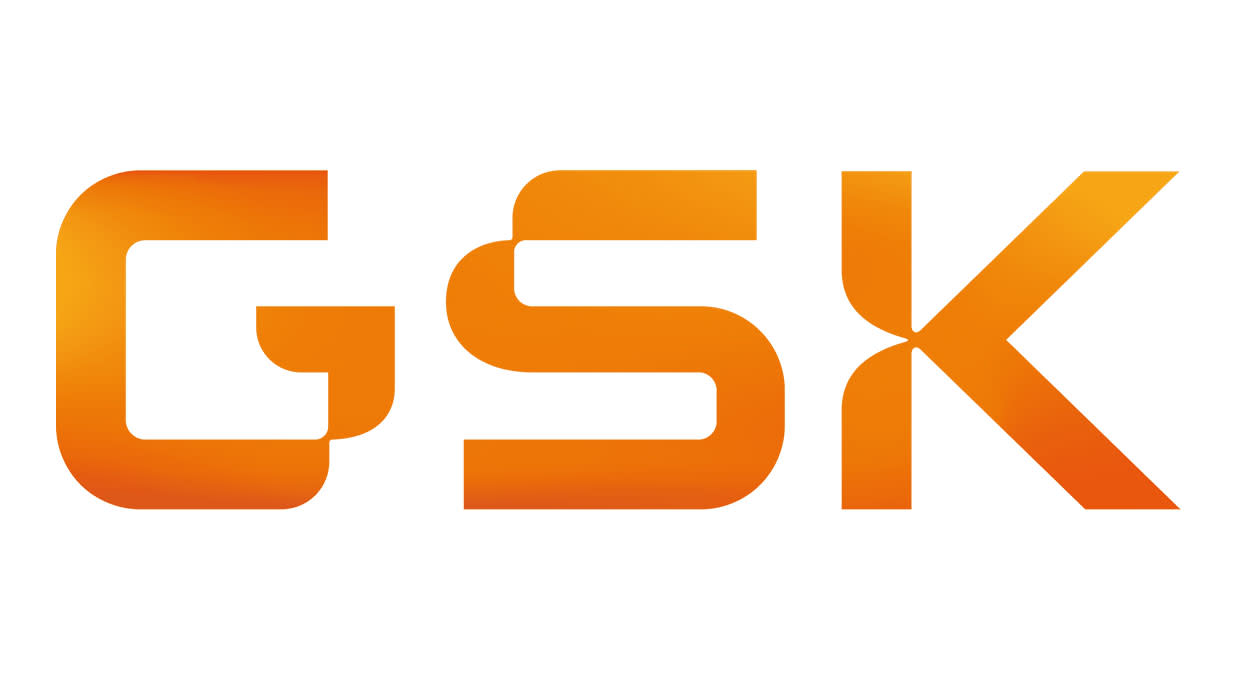GSK’s first quarter sales grew by 4% to £7.5bn, ignoring exchange rate impacts, compared to market expectations of £7.4bn. Growth in other treatment areas more than offset a decline in vaccine sales.
Underlying operating profit grew slightly faster, up 5% to £2.5bn.
Free cash flow improved from £289mn to £697mn, helped by the higher profits in the business. GSK ended the quarter with net debt of £13.9bn.
The quarterly dividend increased by 1p to 16p per share.
Full-year sales growth guidance remains at 3-5%, and underlying operating profit growth guidance at 6-8%.
The shares were up 1.6% in early trading.
Our view
GSK has had a strong start to the year despite weak vaccine sales, US action on drug pricing, and tariff concerns. Just how the pharmaceutical sector will be targeted remains unclear, but the company is already scoping out changes in its supply chain that could soften the impact of trade restrictions.
GSK’s also made good progress towards its goal of five new regulatory approvals in the US this year. Looking ahead, it’s boldly claimed that it expects 14 launches over the next six years, each with a peak annual sales potential of over £2bn. There are no guarantees, but we think there could be some upside to the 2031 revenue target of £40bn.
The headwinds from vaccine sales should moderate in the second half of 2025 as comparisons are lapped. Elsewhere the group also has a strong presence in HIV treatments which make up about 20% of total revenues. Its newer HIV treatments are a key part of the future, and they’re seeing some impressive growth. A strong clinical pipeline of next generation HIV therapies should further help bolster GSK’s market position.
Respiratory disease is another key therapeutic focus. Here, GSK has its sights set on improving outcomes for sufferers of COPD, the third leading cause of death worldwide. Meanwhile, Cancer treatment, although relatively small in terms of current sales, is growing rapidly. Recent approvals and launches in new markets mean there are strong growth drivers for the existing portfolio. The development pipeline looks promising.
Net debt has been coming down and currently sits at about 1.3x forecast cash profits, which we don't see as a major concern. Improving underlying cash generation helps support a prospective dividend yield of 4.6% and recently launched a share buyback, but remember, no payouts to shareholders can be assured.
GSK's valuation is below the long-term average, and significantly less demanding than many of its peers. That reflects a relatively modest forecasts and also perceptions around the group’s ability to commercialise its research efforts. The company’s working hard to put that right, and if it’s successful, investors could be rewarded. So far so good, but remember, the drug approval process is long and expensive, with many treatments never seeing the light of day.
Parties related to the author hold shares in GSK.
Environmental, social and governance (ESG) risk
The pharmaceuticals sector is relatively high-risk in terms of ESG. Product governance, particularly with safety and marketing, and affordable access to treatment are the key risk drivers. Labour relations, business ethics and bribery and corruption are also contributors to ESG risk.
According to Sustainalytics, GSK's overall management of material ESG issues is strong.
There's an independent, board-level, corporate responsibility committee focused on ESG performance and framework and 10% of executive pay is tied to ESG metrics. It's ranked first on both the Access to Medicine Index and Access to Vaccines Index thanks to industry-leading efforts to ensure medicines and vaccines are provided to patients in need. Management practices concerning the transparency of clinical trials are strong, and it's committed to international standards. But despite a strong product safety programme, GSK lacks external quality management certification at its manufacturing sites.
GSK key facts
All ratios are sourced from LSEG Datastream, based on previous day’s closing values. Please remember yields are variable and not a reliable indicator of future income. Keep in mind key figures shouldn’t be looked at on their own – it’s important to understand the big picture.
This article is not advice or a recommendation to buy, sell or hold any investment.No view is given on the present or future value or price of any investment, and investors should form their own view on any proposed investment.This article has not been prepared in accordance with legal requirements designed to promote the independence of investment research and is considered a marketing communication.Non - independent research is not subject to FCA rules prohibiting dealing ahead of research, however HL has put controls in place(including dealing restrictions, physical and information barriers) to manage potential conflicts of interest presented by such dealing.Please see our full non - independent research disclosure for more information.


